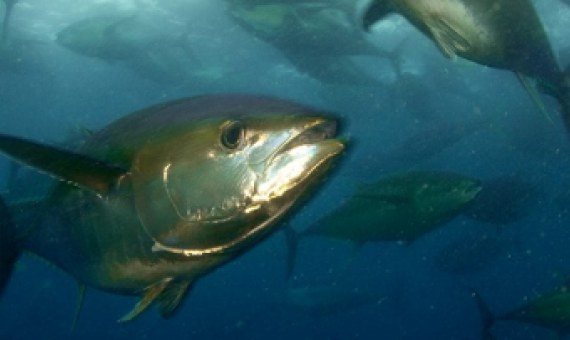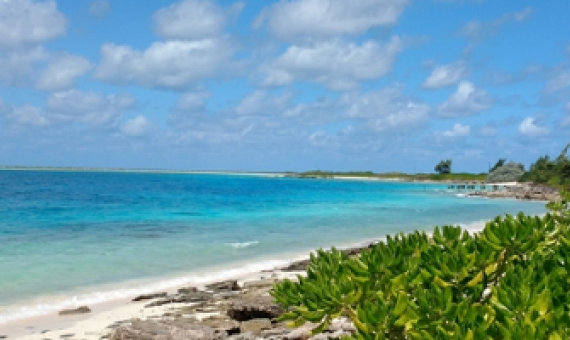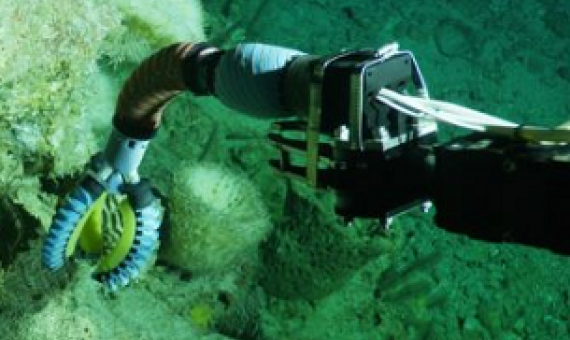While Marine Protected Areas (MPAs) have been proven to protect certain spawning habitats and nurseries, their effectiveness for migratory species has been hard to gauge.
Now researchers at MIT and the Woods Hole Oceanographic Institution have found evidence that tuna are spawning in the Phoenix Islands Protected Area (PIPA), one of the largest marine protected areas in the world, covering an area of the central Pacific as large as Argentina.
Researchers from Harvard John A. Paulson School of Engineering and Applied Sciences (SEAS) created a soft and flexible sampling device using 3D-printer that interacts with delicate marine life gently. Click on the link below to read the full article.
Field Note - Silent killer: black reefs in the Phoenix Islands Protected Area
The Phoenix Islands Protected Area (PIPA) is in a naturally ironpoor region in the equatorial central Pacific. The main introduction of iron to this environment is from maritime debris, especially shipwrecks and anchor gear, and is linked to proliferation of turf algae and benthic bacterial communities, and the formation of degraded ‘black reefs’...
Field Note - Discovery of a recovering climax Acropora community in Kanton Lagoon in the remote Phoenix Islands Protected Area
An expedition in 2002 to the Phoenix Islands Protected Area in the Republic of Kiribati documented an extensive and delicate community of staghorn and tabular Acropora colonies...









